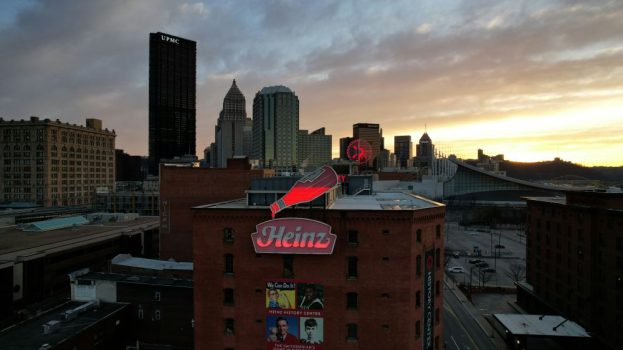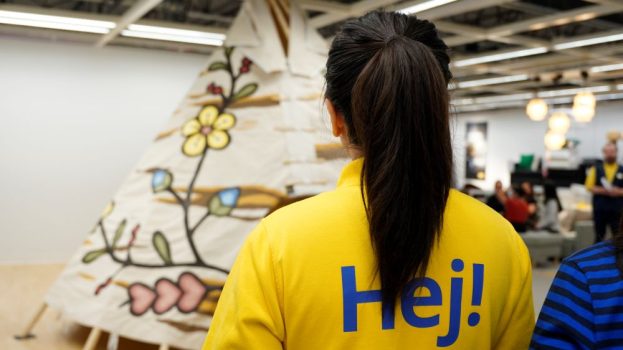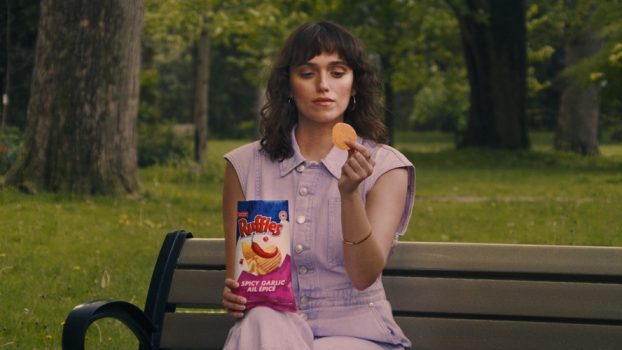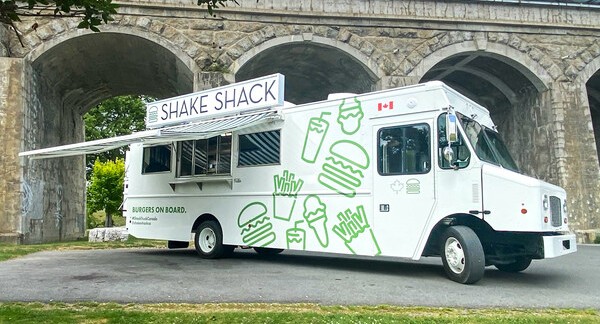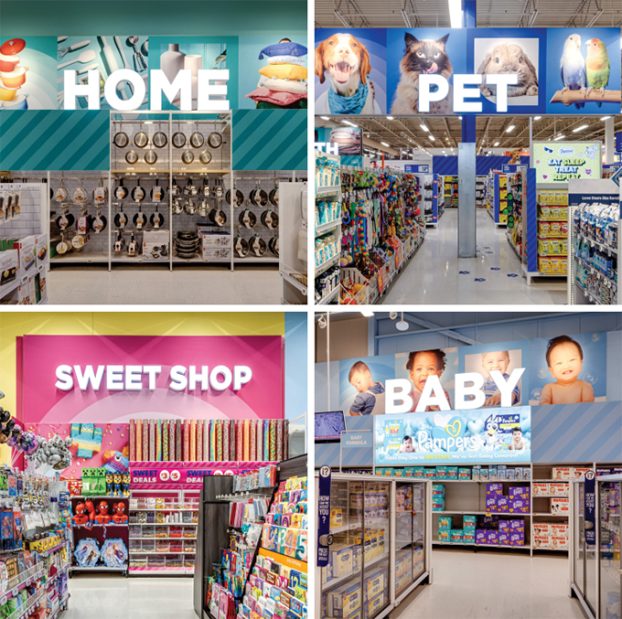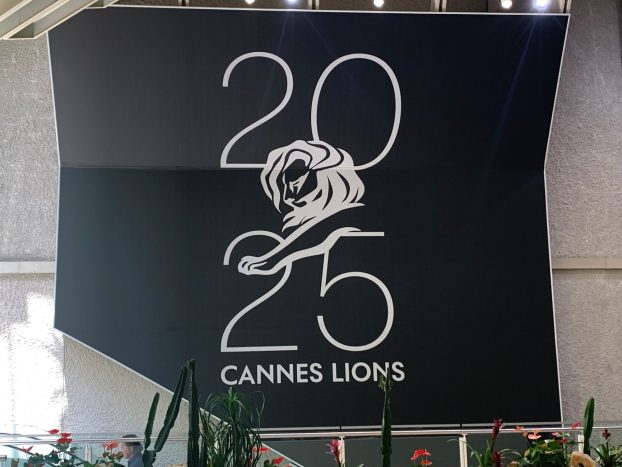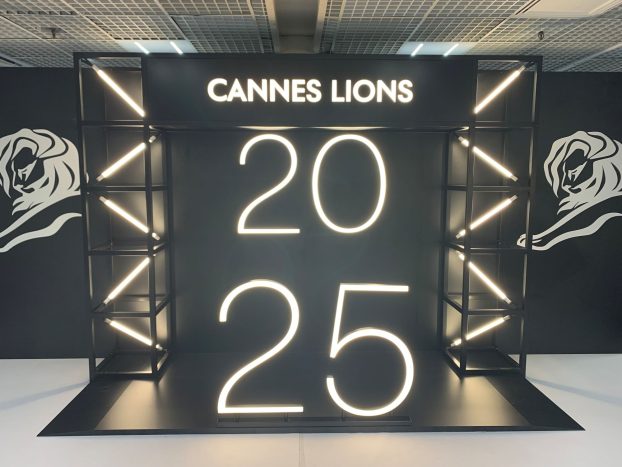
Andy Warhol predicted everyone would get 15 minutes of fame. These days, people and brands are lucky to get 15 seconds of someone’s attention as they scroll through Instagram.
Ela Veresiu, assistant professor of marketing at York University’s Schulich School of Business, says our increasingly visual culture is driving what she calls a “blink economy.” Old-school retailers, from department stores like Hudson’s Bay to malls like Yorkdale Shopping Centre, are aiming to compete in this blink-and-you-miss-it world by hosting pop-ups that are made to be photographed and then shared on social media. And Yorkdale’s latest pop-up, “Dream Space,” is doing just that by luring social media butterflies off their couches and into the mall where they can experience the pretty space designed by local artist Anthony Ricciardi, and more importantly take selfies in the space, post those to social media and thus perhaps entice other young people who can buy everything online outside and into Yorkdale, notes Veresiu.
Immersive pop-ups, or what Wired aptly called “Selfie Factories” and “Made-for-Instagram Museums” were first popularized by San Francisco’s Museum of Ice Cream in the summer of 2016. And since then the idea of creating candy-coloured surreal spaces that exist primarily as backdrops for selfies has floated up to Canada like a fluffy dandeloin that was blown on by an influencer. The Infinity Mirrors exhibit from artist Yayoi Kusama at Toronto’s Art Gallery of Ontario (AGO) enjoyed endless lines and mainstream news coverage last spring, not just for the quality of the elaborate, room-sized art pieces, but also for how well they lent themselves to social. The city has since been inundated with pop-ups that aim to generate similar attention, such as “The Happy Place” and “HideSeek” in Toronto’s trendy west end.

These spaces demand people get there in person, so retailers have been hosting them themselves in order to increase foot traffic. Earlier this year, Hudson’s Bay held “The 7” exhibit on the 7th floor of its Toronto Queen West store and filled its rooms with dinosaurs, pearl-white balls and shiny silver balloons. And Yorkdale opened its “Dream Space” in April with rooms that feature paint dripping down a candy-apple red wall, huge die and playing cards hanging from the ceiling. The mall’s marketing director, Mina Barbuto, says people have come from far and wide to snap photos of the space. Though she didn’t have exact numbers, an Instagram post promoting “Dream Space” for the Victoria Day long weekend last month got more than 250 likes.
“It increases their exposure online because people tag their location and it leads to increased in-store foot traffic for relatively little dollars spent on the actual pop-up,” says Veresiu.
Shoppers are coming specifically to Yorkdale to check out “Dream Space,” then are exploring the rest of the mall since they’ve made the trek out to the busy shopping mecca, says Barbuto.
“Dream Space gives our shoppers another form of entertainment to experience when they come [to the mall], and I think the idea of having art and creativity in a retail space really plays on the evolution of experience and innovation that we’re seeing in our industry,” says Barbuto.
While Barbuto would not provide specifics, once “Dream Space” shutters at the end of July, the mall is open to hosting similar pop-ups, she says. Veresiu says this is smart strategy as these social-media ready spaces encourage visitors to take photos, then share them, leading to truly organic posts that can inspire those people’s friends and family to also go check out the air-conditioned mall on a hot summer day – all without having to pay professional Insta-influencers to put up posts, says Veresiu.
And unlike pretty posts that are forgotten in the blink of eye, Veresiu thinks these Insta-worthy pop-ups are a trend that will last as long as social media remains popular, whether that be Instagram or some other platform yet to be invented.


